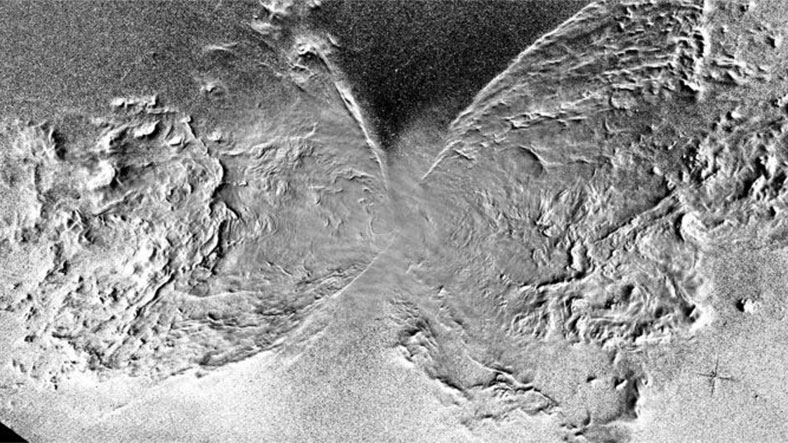Astronomers and researchers have finally solved the mystery of the Butterfly Nebula, which has been a mystery for 100 years.
Humanity has been looking at the sky for centuries and wondering what is beyond the stars. Astronomers are constantly working to explore space without stopping. But even astronomers have a celestial body that has been on their minds for almost 100 years, Butterfly Nebula.
But after years of research, astronomers have finally solved the mystery of the Butterfly Nebula.
One day our Sun will turn into the Butterfly Nebula.
Named after its resemblance to a butterfly, its real name NGC 6302 This cosmic wonder celestial body has been confusing astronomers who have been observing it for nearly 100 years. NGC 6302, which has a very different structure compared to a normal Nebula, is one of the celestial bodies that has been researched for many years. While astronomers and researchers were investigating how this celestial body formed, some details that emerged recently shed light on the 100-year-old mystery of the Butterfly Nebula.
After thousands of photos and scans taken since 2009, experts studying the nebula have discovered that NGC 6302 not entirely composed of gas and dust. revealed. An exploded in the center of the nebula explosion force of a white dwarf staras an estimate of some of the fragments released in the explosion 800 km/h per hour drifting fast through space, some parts just At 80 km/h revealed that it spread into space. After the fragments of the shattered celestial body collide and fly around in space, this semi-asymmetrical shape you see emerges.

In other words, the shape of this enormous-looking celestial body is entirely related to the dwarf star’s explosion pattern and intensity. In addition, according to the calculations made by experts, the volume and mass of the exploding dwarf star is almost the same as the sun revealed.
RELATED NEWS
This is just the beginning! James Webb Space Telescope Discovers Exoplanet For The First Time
So one day when our sun’s energy runs out and explodes it can also transform into a Butterfly Nebula.
